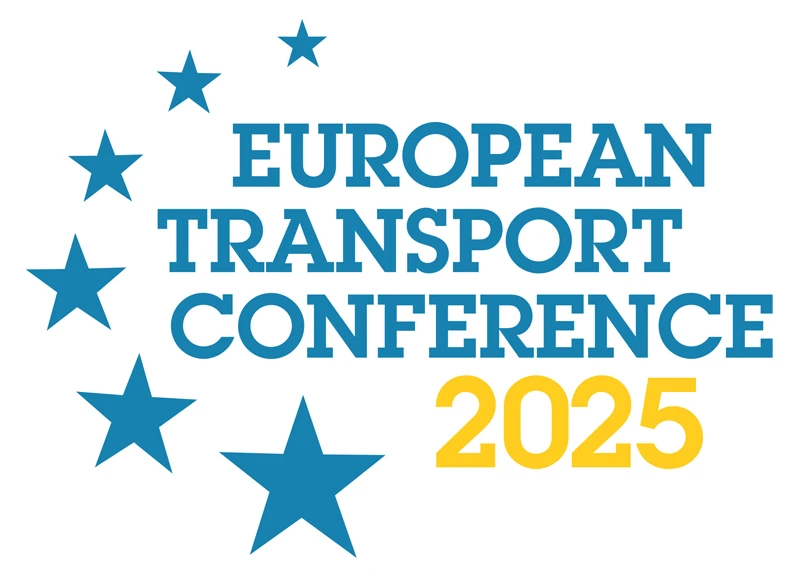-
Past ETC Papers

Browse, search and view papers from the past AET Conferences.
-
Members' Area

AET promotes networking and exchange of ideas, information and opportunities amongst members.
Conference Papers 2017
Barcelona, Spain
ETC Conference Papers 2017
The Value of Iconic Infrastructure Projects – Two Dutch case studies
Seminar
Day 1 (4 Oct 2017), Session 2, Special Cases in Appraisal, 15:00 - 16:30
Status
Accepted, awaiting documents
Submitted by / Abstract owner
Niek Mouter
Authors
Niek Mouter, Delft University of Technology
Short abstract
We found substantial willingness to pay for the iconic designs of a national icon (Erasmusbridge) and a local icon (Netkous). We conclude that iconic value cannot be ignored in the appraisal of transport projects that potentially have iconic value.
Abstract
Cost-Benefit Analyses (CBAs) are in many OECD countries used to inform decision makers if the societal benefits of a public project outweigh its costs. A CBA is an assessment instrument providing an overview of all the positive effects (benefits) and negative effects (costs) associated with the project. The costs and benefits are quantified and valued in monetary terms as far as possible using the notion of individuals’ willingness to pay (WtP). CBA is widely regarded as an instrument that improves decision-making in terms of the usefulness, necessity and design of a project (Mouter et al., 2013).
However, one of the main criticisms on CBA is that while non-monetized effects such as benefits associated with the iconic design of a project are considered in the CBA, these effects are not included in the indicators that are often decisive in the political process and the media: the benefit-cost ratio and the net present value (e.g. Mackie and Preston, 1998). As a result, in current practice non-monetized effects have a relative disadvantage over monetized effects in the decision-making process. The relatively weak position of non-monetized effects in the CBA is particularly problematic when policy-makers aspire to optimize such effects.
This study provides new insight on the value of iconic infrastructure projects in infrastructure project appraisal. Despite that it is acknowledged in the literature that the societal value of iconic infrastructure can be substantial (e.g. Verheul, 2012), so far no efforts have been undertaken to underpin this assumption empirically. This lack of empirical footing hampers to adequately account for the benefits of iconic projects in Cost Benefit Analyses (CBAs), leading potentially to poorly informed policy decisions. This study contributes to this knowledge gap by showing how contingent valuation methods can be used to monetize the value of iconic projects. To illustrate our approach, we ex post investigated the iconic value of two projects the ‘Erasmus bridge’; a landmark bridge in Rotterdam, which is a national icon of the Netherlands and ‘the Netkous’, a local landmark in the municipality in the Hague.
In a contingent valuation scenario respondents were asked to consider a state of affairs without an Erasmus Bridge, and were informed that the municipality is planning to build a bridge at the location where now the Erasmus Bridge is located. In the scenario the municipality of Rotterdam has two alternative bridge designs: a ‘flat bridge’ with a standard design and a bridge which is equal to the current Erasmus Bridge. They were informed that the two alternatives only differed in costs and design: in all other aspects – such as road capacity – the bridges are equal. Furthermore, they were told that the municipality has enough budget to build the cheaper and non-iconic ‘flat bridge’, but not to build the more expensive, yet iconic Erasmus Bridge. Respondents were asked to indicate whether they are willing to pay a monetary compensation to make it possible for the municipality of Rotterdam to build the Erasmus Bridge instead of the flat bridge, or not. Respondents participating in the experiments received different bids. For instance, some respondents were asked whether their household was willing to pay 40 euros for the iconic bridge (yes or no) and others were asked whether or not their household accepted a bid of 2 euros. Respondents were instructed that in case not enough money is collected, the flat bridge will be built instead of the Erasmus Bridge. 467 respondents participated in the contingent valuation study and we found substantial willingness to pay for the option with an iconic design: 26,713,923 euro (3.46 euro per household).
Through a contingent valuation study that resembled the Erasmus Bridge study we investigated the iconic value of the ‘Netkous’. 800 respondents participated in this study and we found a willingness to pay for this local icon which substantially lower when compared to the Erasmus Bridge: 5,004,473 million euro (0.64 euro per household).
Since we found substantial total willingness to pay for the designs of both a national icon (Erasmusbridge) and a local icon (Netkous) we conclude that iconic value cannot a priori be ignored in the appraisal of infrastructure projects that potentially have iconic value.
Mackie, P., Preston, J., 1998. Twenty-one sources of error and bias in transport project appraisal. Transport Policy 5(1), 1–7.
Mouter, N., Annema, J.A., van Wee, B. 2013. Attitudes towards the role of cost-benefit analysis in the decisionmaking process for spatial-infrastructure projects: a Dutch case study. Transportation Research Part A 58, 1-18.
Verheul, W.J., 2012. Stedelijke iconen, Boom Uitgevers. Den Haag.
Documents:
No documents yet.
Association For
European Transport
Forester House
Doctors Lane
Henley-in-Arden
Warwickshire, UK
B95 5AW
+44 (0) 15 64 793552
VAT number: 710 1866 64
Conference Supporters & Endorsers




Legal Entity
The Association for European Transport is registered as an Association ('vereniging') with the Chamber of Commerce for Haaglanden in The Netherlands under company number 27170096.
Built on Zenario




